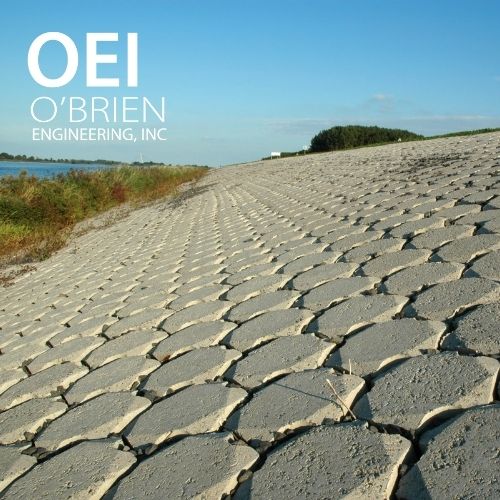
What is the Difference Between a Levee and a Dam?
We are all familiar with the terms, but what is the difference between a levee and a dam?
Over 70 percent of the planet is water. How we manage this essential resource is accomplished with many types of infrastructure. Civil engineers use levees and dams to manage water resources.
Levees
A levee is a structure placed parallel to a moving body of water such as a river. Levees are usually constructed out of earthen materials. The purpose of a levee is to protect the surrounding area from flooding.
Dams
A dam is a water resource management structure that lays across a body of water controlling or completely stopping water movement. The water retained behind a dam creates a reservoir. This water is contained, preventing damage or other risks, and can be used for many purposes such as electricity production or agricultural irrigation.
What is the Difference Between a Levee and a Dam – Knowing the Facts
Levees and dams serve different purposes. Though both can be made with the same materials, their relationship to water is different. Levees run parallel to water while dams lie across. A levee’s primary focus is to reduce flood risk and protect life and property. Dams also serve risk management functions, but deliver other infrastructure benefits for communities and industry.
ASCE 2021 Report Card
The American Society of Civil Engineers (ASCE) recently released America’s Infrastructure Report Card for 2021. The overall rating of all infrastructure is a C-. Both levees and dams received a grade of D.
According to the report, “Levees protect critical infrastructure systems, $2.3 trillion of property, 4,500 schools that collectively enroll over 2 million students, and a range of industries.” The rise of the number of extreme weather events and resulting damage demonstrates the need for communities to be educated on their levees so action can be taken to repair infrastructure and mitigate risk.
The same is true for the nation’s dams. The number of high-hazard-potential rated dams is climbing. The report explains, “A high-hazard-potential rating does not imply that a dam has an increased risk for failure; it simply means that if failure were to occur, the resulting consequences would likely be a direct loss of human life and extensive property damage.” The good news is more dam owners are creating emergency action plans.
How Do We Respond to ASCE Levee and Dam Reports?
For over 30 years OEI has provided water resource management solutions including dam and levee safety. Our expert team has the knowledge to recognize signs of critical failure and how to implement solutions and rehabilitation plans including permitting approvals. From answering the question, “What is the difference between a levee and dam?,” to more complex questions about maintenance, safety, and long-term reliability, OEI is a trusted partner when it comes to dam and levee engineering and safety.
Action must be taken to maintain important components of water resource infrastructure, including proper budgeting and maintenance plans. Contact us today to evaluate the status of your dam or levee and create a plan to maintain and protect your infrastructure and community.
